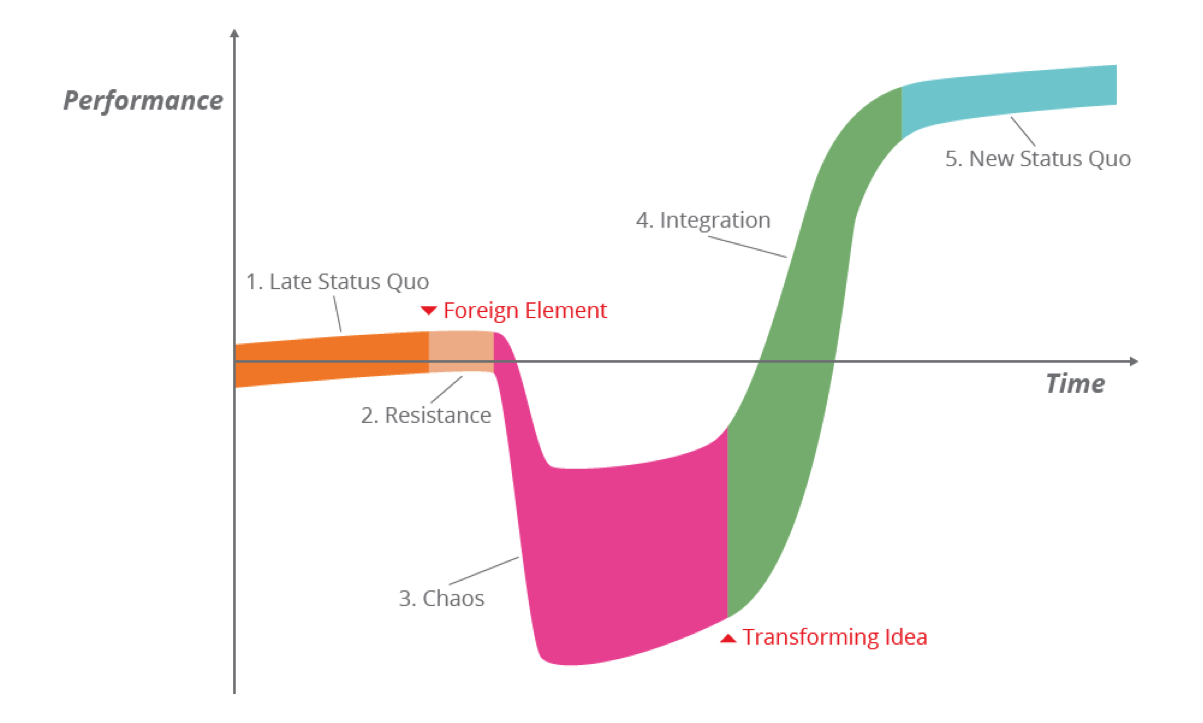Getting ready for the new normal in music education

Getting ready for the new normal in music education
“Movement in new direction helps find new cheese” —Spencer Johnson
In his 1998 best seller Who Moved My Cheese, Spencer Johnson discusses how to cope with change in one’s work and life using two mice (Sniff and Scurry) and two little people (Hem and Haw) who suddenly lose access to their daily cheese supply. While the mice adapt and learn to thrive in the changed environment, the little people who became complacent face a formidable challenge to find new cheese.
The Covid-19 crisis is still on and, as with any pandemic in the past, we are likely to see some more up-down cycles before it subsides completely. Almost all industries and people from all walks of life have been directly or indirectly affected by it. Education services are among the worst impacted. Schools and colleges, from kindergarten to graduate education, have been closed down for several months now and it is still not clear if and when they will reopen their buildings and campuses.
Music Education has come to a virtual standstill except for a few enterprising teachers who began experimenting with online classes and, despite challenges, have been able to “keep it going” with supportive students (and their parents). In a previous blog we provided some tips for teachers to help make their sessions more engaging and effective (you can read it here: https://www.manoke.com/blog). In this one we will focus on how to get ready for what is likely to become the New-Normal in Music Education. We can not be like Hem and Haw in the parable, still hoping that this is a temporary discomfort that will go away. It is better to be prepared like the mice and take advantage of the upcoming opportunities. Below are 5 changes that music educators can expect and plan for in the New-Normal:
1: HYBRID CLASSROOM IS HERE TO STAY
Despite hiccups such as connectivity, poor bandwidth and buffering delays both teachers and students have discovered that online sessions solve one critical problem: getting to class. For students, especially those that live far away from the place of music education, it is always a challenge to make it to the class and they are highly dependent on their parents or guardians. Remote session takes away this dependency and the logistic constraints! For teachers also it removes a perennial challenge: student attendance. If they can get the student to their class half their job is done!
Online sessions when combined with a few in-person ones that are somewhat spread apart, provide greater freedom and flexibility for teachers and significantly improves continuity and participation for students. The hybrid model is here to stay and by taking advantage of it teachers can help the students progress quicker and more efficiently. With hybrid offerings teachers can also compete much better with pure online based offerings which have significant drawbacks when it comes to music education. More on this later.
2: COMPETITION IS GLOBAL...BUT SO IS REACH
As students begin to take up online classes, they have far greater options to choose from than going to their local/neighborhood teacher. This is perhaps one of the greatest threats in the New-Normal to the indie-teachers and those with small establishments. They now have to compete for students with equally talented ones several hundreds or even thousands of miles away. But if they can offer the same world-class learning experience online, and combine it with high touch in-person sessions they can actually do well. And if their online offerings are really good then they can now compete for students across the globe not just from their localities.
3: AUGMENTATION TECHNOLOGIES WILL BE GREAT ENABLERS
Many teachers, especially of the previous generation, still view technology with trepidation or anxiety or occasionally as a use-and-forget necessity. To operate effectively in the new normal unfortunately they have to make friends with technology and take advantage of all the possibilities it offers. From helping with enrolling students to scheduling classes, from video conferencing to recording sessions, from sharing lessons and assignments to evaluating student progress and coming up with corrective actions there are a plethora of tools at disposal for the teacher in the New-Normal. Here is a nice resource that pulls a lot of them together to take a look (https://nafme.org/music-teacher-resources-school-closures/). Also joining professional affiliations such as Nafme /WMEA, JEN, etc will greatly enable teachers to get help from fellow professionals and adopt best practices.
4: MUSIC IS STILL A GROUP ACTIVITY
While learning to play an instrument is a very personal journey and progress comes over long stretches of activity, students are looking beyond that. They want to play music; which is often accomplished in groups or ensemble settings. That is quite challenging when done remotely as someone might drop off, someone might have an audio lag or someone is just sitting in a noisy setting. Technology is still evolving and there is no clear solution to this issue yet. Teachers offering hybrid modes can mitigate it somewhat by scheduling some periodic group performances. Meanwhile they can use tools like Manoke Stage with orchestral playback which simulate group playing and helps students develop rhythm, time and dynamics.
5: TEACHERS HAVE TO BECOME ENTREPRENEURS
Lastly, teachers whether they are independent or part of a larger organization, have to start thinking like entrepreneurs in the New-Normal. They have to develop content and methods that will suit the digital medium, develop their brand by engaging on social media channels, offer webinars, and other unique value propositions to attract new students and retain existing ones. If not, like Hem and Haw they might find that their cheese has disappeared and is not coming back.
Additional Resources: